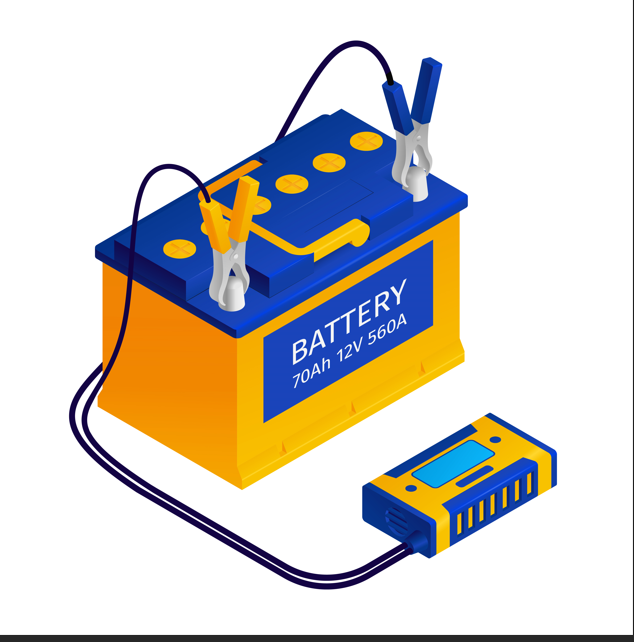
Table of Contents
ToggleDefinition
A piezoelectric transducer (also known as a piezoelectric sensor) is a device that
uses the piezoelectric effect to measure changes in acceleration, pressure, strain,
temperature or force by converting this energy into an electrical charge.
Piezoelectric transducers are innovative devices that convert mechanical energy into electrical energy and vice versa, leveraging the piezoelectric effect.
Introduction
In ultra- sonic receivers, the sinusoidal amplitude variations in the ultrasound wave received are translated into sinusoidal changes in the amplitude of the force applied to the piezoelectric transducer.
In a similar way, the translational movement in a displacement transducer is caused by mechanical means to apply a force to the piezoelectric transducer.
Piezoelectric transducers are made from piezoelectric materials. These have an asymmetrical lattice of molecules that distorts when a mechanical force is applied to it.
This distortion causes a reorientation of electric charges within the material, resulting in a relative displacement of positive and negative charges. The charge displacement induces surface charges on the material of opposite polarity between the two sides.
By implanting electrodes into the surface of the material, these surface charges can be measured as an output voltage. For a rectangular block of material, the induced voltage is given by:

Where F is the applied force in g, A is the area of the material in mm, d is the thickness of the material and k is the piezoelectric constant. The polarity of the induced voltage depends on whether the material is compressed or stretched.
Where F is the applied force in g, A is the area of the material in mm, d is the thickness of the material and k is the piezoelectric constant. The polarity of the induced voltage depends on whether the material is compressed or stretched.
Materials exhibiting piezoelectric behavior include natural ones such as quartz, synthetic ones such as lithium sulphate and ferro-electric ceramics such as barium titanate. The piezoelectric constant varies widely between different materials.
Typical values of k are 2.3 for quartz and 140 for barium titanate. Applying equation (13.1) for a force of 1 g applied to a crystal of area 100 mm2 and thickness 1 mm gives an output of 23 μV for quartz and 1.4 mV for barium titanate.
The piezoelectric principle is invertible, and therefore distortion in a piezoelectric material can be caused by applying a voltage to it. This is commonly used in ultrasonic transmitters, where the application of a sinusoidal voltage at a frequency in the ultra- sound range causes a Sinusoidal variation in the thickness of the material and results in a sound wave being emitted at the chosen frequency.
Working Principle
A quartz crystal exhibits a very important property known as the Piezoelectric Effect. When some mechanical pressure is applied across faces of a quartz crystal, a voltage proportional to the applied mechanical pressure appears across the crystal.
Conversely, when a voltage is applied across the crystal surfaces, the crystal is distorted by an amount proportional to the applied voltage. This phenomenon is known as the piezoelectric effect and the material that exhibits this property is known as a piezoelectric material.
Latest Technology in piezoelectric Transducer
Advanced piezoelectric ceramics that detect flaws in jet engine components to custom ultrasonic transducers for medical imaging.
Latest advancements in piezoelectric transducer technology is the development of flexible and stretchable piezoelectric materials. These materials can be integrated into wearable devices, such as health monitors and electronic skin, enabling them to detect a wide range of mechanical stimuli, including touch, pressure, and vibration.
Energy harvesting through the means of piezoelectric transducer technology has increasingly attracted the attention of engineers and scientists in producing or generating electricity for human consumption.
Other emerging technology is the use of 3D printing to create complex piezoelectric structures with enhanced performance. This approach allows for the customization of transducers to meet specific requirements, such as shape, size, and frequency response, for various applications.



This post gave me a new perspective on a familiar topic, which is something I truly value. Thank you for broadening my understanding.
Thanks for appreciation.
For more electrical Knowledge, Please follow my Insta/Telegram/Whatsapp group.
Now, my focus on spread my website content to more readers.
To boost my moral, Please share my website to your friends.
This post felt like it was written just for me. Thank you for addressing a topic that I didn’t even realize I needed to explore.
Thanks for appreciation.
For more electrical Knowledge, Please follow my Insta/Telegram/Whatsapp group.
Now, my focus on spread my website content to more readers.
To boost my moral, Please share my website to your friends.